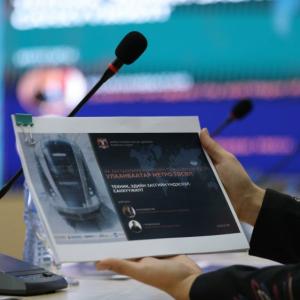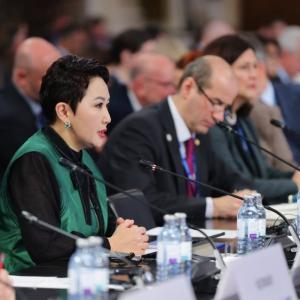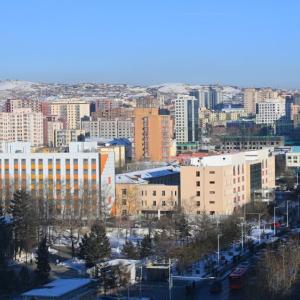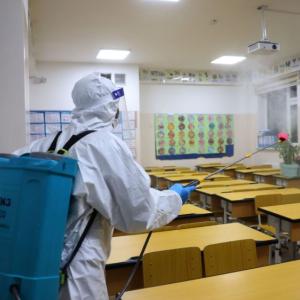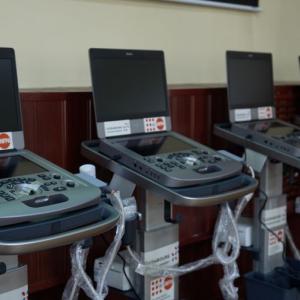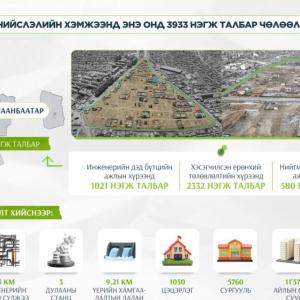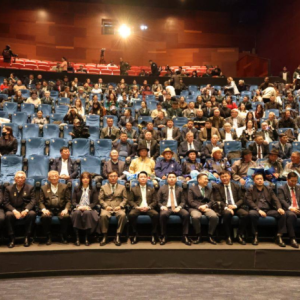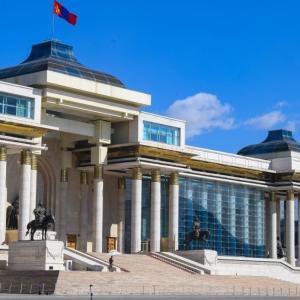Inadequate learning, loss of earnings: The staggering cost of school closures in Asia
Society
Ulaanbaatar /MONTSAME/. If safe re-opening and remedial actions are not prioritized, Asia’s students will bear the long-term costs of this pandemic.
When COVID-19 emerged as a global threat in early 2020, the economic consequences of necessary lockdown measures were an early concern. That was closely followed by concerns about the impact of school closures. It wasn’t just because of the toll on parents working from home with young children. Parents, educators, and policymakers alike recognized that education plays a vital role in the social development and economic potential of the next generation.
Here we are one year later, and the pandemic persists. In 2020 developing Asia contracted— for the first time in six decades—but the Asian Development Bank projects that the region will bounce back with 7.3% growth this year. What will be harder to recover are the long-term losses brought by the disruption to education.
In nearly half of the region’s countries, schools have been closed for over 200 days. Only a handful of countries managed to keep schools open continuously. Schools across the region are using remote instruction, but many students have limited or no access to important remote learning tools like computers and the internet. This has limited their ability to learn from home and resulted in significant learning losses.
Using the latest data on school closures, remote learning effectiveness, and expected earnings gains from education, we quantified those losses for developing economies in Asia.
On average, Asia’s students have already lost nearly one-third of a year’s worth of learning. Those learning losses translate to substantial reductions in future productivity and lifetime earnings.
Our estimates show that students affected by pandemic-induced school closures stand to lose an average of $180 per year, or a 2.4% decline in their expected future annual earnings. Due to variations in length of school closure, expected losses are highest in South Asia and lowest in the Pacific. The present value of these future earnings losses for the region is $1.25 trillion, which is equivalent to 5.4% of the region’s GDP in 2020. And the longer schools remain closed, the bigger the losses will be.
These figures are sobering, but they are not set in stone. For instance, if remote learning in all developing Asian economies were as effective as in high-income countries, the total losses in lifetime earnings would be substantially lower at $0.8 trillion, or 3.6% of the region’s GDP in 2020.
Four complementary sets of responses can mitigate the damage from school closures and build post-pandemic education systems that are stronger and more resilient than before.
First, it is imperative to bring COVID-19 under control as soon as possible so that all students can safely return to in-person instruction. Rapid implementation of nationwide vaccination programs, along with evidence-based containment measures, will control the pandemic and make a big difference for students in the long run.
Second, properly managed reopening of schools should be the next step. Reopening can be considered where COVID-19 local transmission rates are sufficiently low, and other school-specific factors such as safe public and shared transport, adequate water, sanitation, and hygiene resources, and sufficient space for physical distancing are in place.
The decision to return to in-person instruction should be based on cost-benefit analysis and should prioritize early childhood and primary education, where developmental gains are high. Until the pandemic fully subsides, physical distancing by students should be enabled by converting space into larger classrooms, staggering daily schedules, grouping students in protective bubbles, building hygienic facilities, and encouraging behavior change. These precautions will also instill norms to protect against learning loss in case of COVID resurgence or future pandemics.
Third, school curricula and programs for returning students must be managed to ensure students catch up on lost learning, for example through remedial lessons. Even within the same school, students weathered lockdowns differently based on their personal circumstances. School administrators and teachers must therefore ensure that in-person instruction resumes at an appropriate level for each student by using low-cost learning diagnostic tools and student tracking.
Fourth, where physical re-opening is not yet feasible and remote learning must continue, government and their partners must reduce learning losses by improving the coverage and quality of remote instruction. This includes continuing to strengthen information and communications technology infrastructure; using diverse instruction platforms and supplying devices to ensure access for distant, differently abled, and low-income students; and providing digital literacy training for students, parents, and teachers. It also includes adjusting curricula to set realistic, clear learning goals that focus on core topics until in-person instruction can resume.
Making these investments today will help minimize the cost of lost learning, ensure education systems emerge from this crisis stronger than before, and pay dividends long after the global pandemic ends.
Source: ADB
 Ulaanbaatar
Ulaanbaatar







